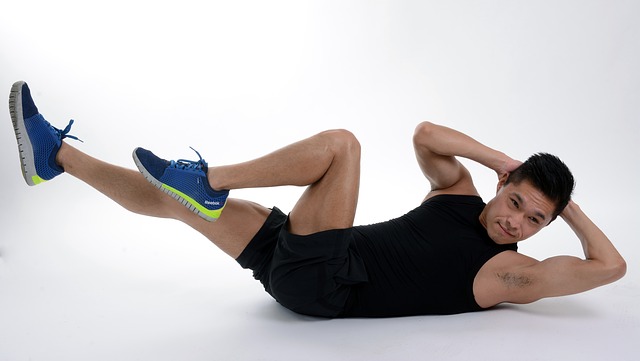Posts Tagged ‘core’
A Stronger Core for a Longer Life
Why bother strengthening the core muscles?
The reasons are bottomless, but let’s boil it down to the most important few:
- Injury prevention: core stability, influenced by the deeper-lying postural muscles, is the foundation upon which all other components of health should be built. A solid, stable core will keep your body and spine resilient to injury from all movements.
- Spinal longevity: your core muscles are the most important asset you have in preventing back pain and combating spinal degeneration.
- Protecting your nervous system: your spinal cord is your central command center, the highway upon which the nervous system communicates. A strong core mitigates the compression that puts your spine under pressure and disrupts the nervous system.
- Look better: an upright posture projects confidence and confidence is sexy.
Muscles that Matter Most for Core Stability
Why is core stability important
Your core is the foundation of musculoskeletal wellness. Most movements you undertake on a daily basis originate in the core, or at least utilize it in some manner. The core forms a link between the upper and lower body and weakness in this crucial center link underpins a lot of musculoskeletal dysfunction that can lead to immobility, pain and degeneration, especially in the spine. The spine can be used to stabilize the spine and transfer forces across the body from the smallest acts such as bending over to tie your shoes to bigger acts such as the heavy lifting involved in construction work. Let’s take a closer look at one of the most important muscles of the core and how paying attention to it can prevent back pain.
The Vital Element of Spinal Longevity is Your Core
Core mechanics contribute to a healthy spine
But surprisingly few people are able to take advantage of their core when it comes to supporting the lower back. Think about your core and what it means to you: is it just an ambiguous mass of muscle in the middle of your body; or is it a dynamic set of muscle groups that work together to stabilize the lower back, sharing the burden of weight and preventing injury to vertebrae and muscles in the lumbar region? At Holmes Chiropractic, we hope it is the latter; and if not, we can help you turn your core into a lower back stabilizing aid that will benefit you throughout your lifetime.
After the Adjustment: Taking Care of your Spine
Chiropractic care does not end when you leave the office
Chiropractic adjustment seeks to apply a controlled force to a spinal joint in order to move it back into alignment with the rest of the spine, thus alleviating compression from nearby nerves, correcting the body’s physical function and structural alignment and balancing the muscles in the back. Many people find that they experience significantly less pain and enjoy a greater range of motion immediately after a chiropractic adjustment. By alleviating nerve compression and aligning the spine, significant improvements are made in a person’s range of motion and, thus, flexibility. But what happens when you leave the office?



